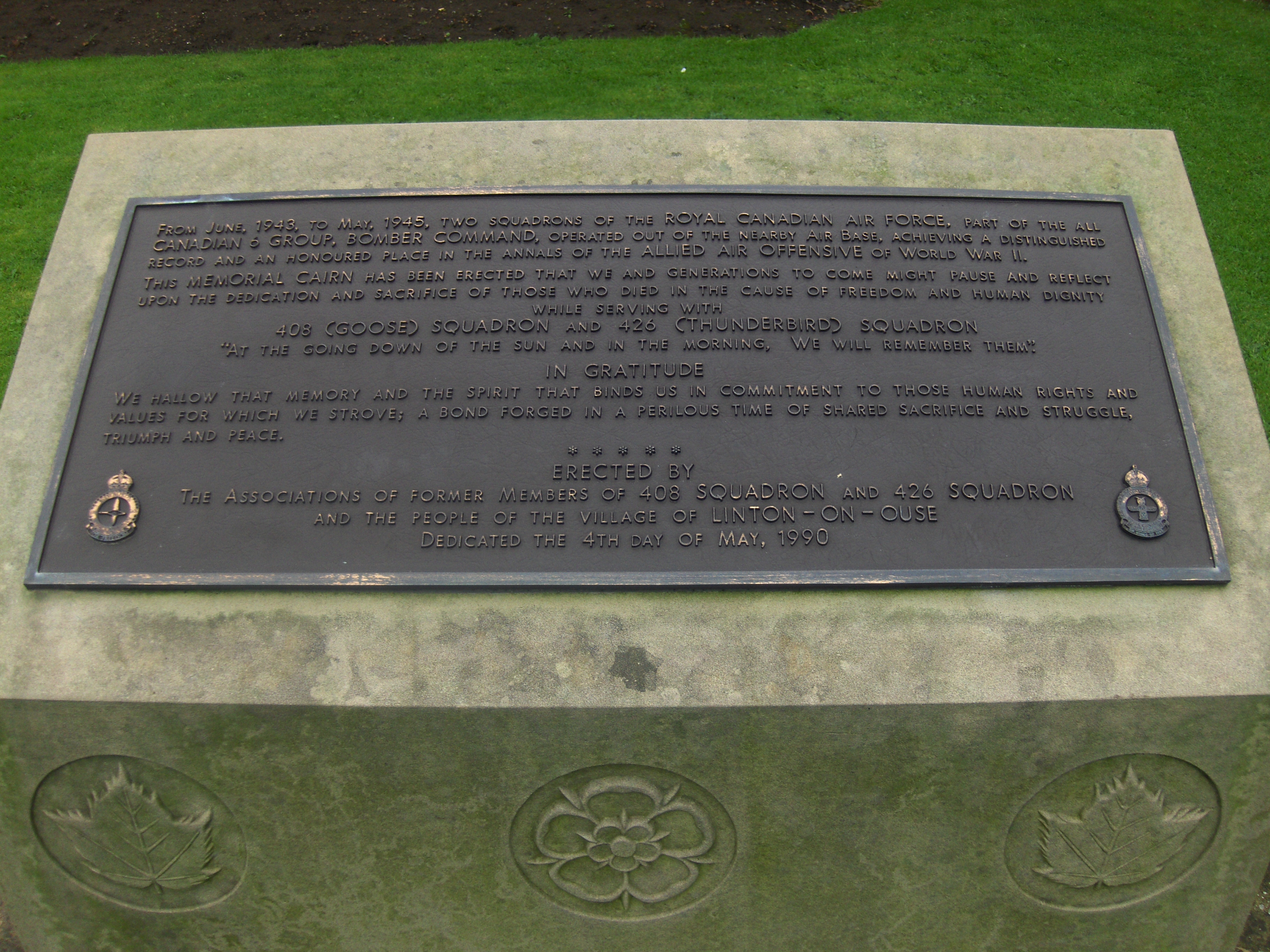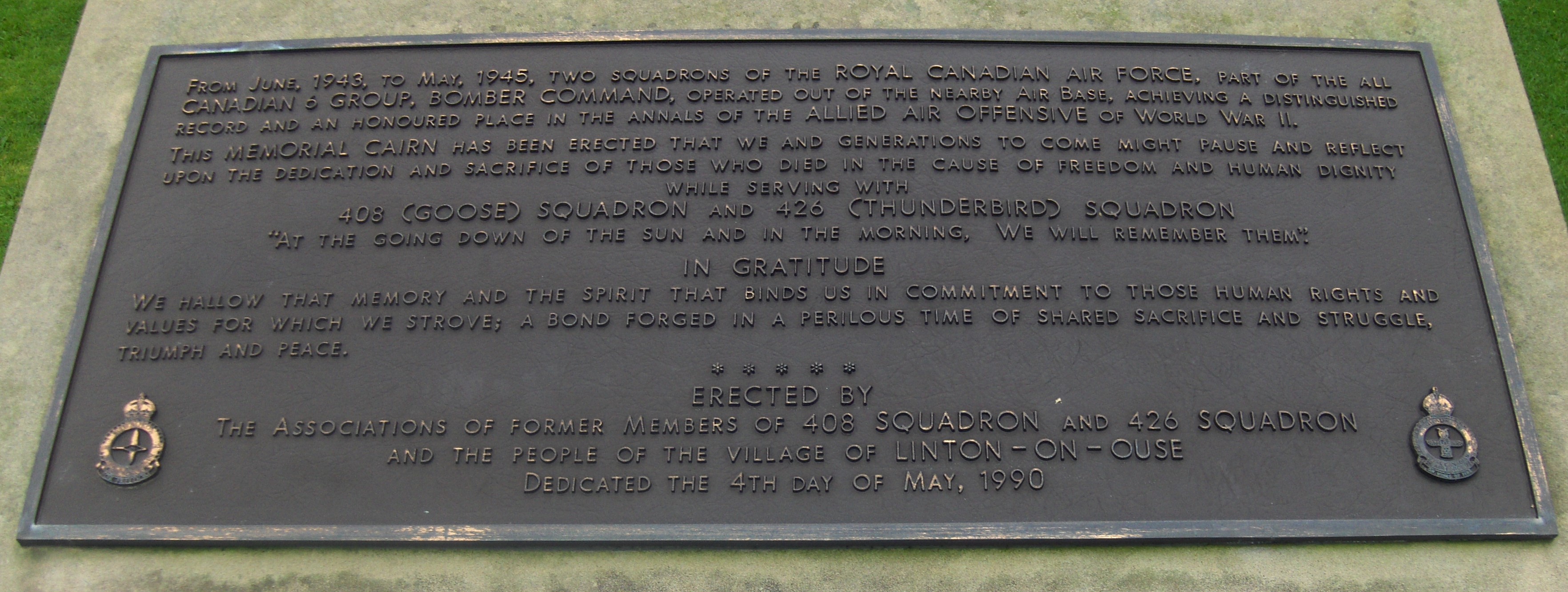Barr, Robert Lennox
Personal Information
| Rank | F/S |
| Forename(s) | Robert Lennox |
| Surname | Barr |
| Gender | M |
| Age | 22 |
| Decorations | |
| Date of Death | 22-03-1944 |
| Next of Kin | Son of Patrick Barr and Margaret Hyslop Barr (née Winter), of Vancouver, Canada. |
Aircraft Information
| Aircraft | Avro Lancaster II |
| Serial Number | DS797 |
| Markings | EQ-M |
Memorial Information
| Burial/Memorial Country | Germany |
| Burial/Memorial Place | Durnbach War Cemetery |
| Grave Reference | Coll. grave 8. E. 20-23. |
| Epitaph |
IBCC Memorial Information
| Phase | 2 |
| Panel Number | 127 |
Enlistment Information
| Service Number | R/166590 |
| Service | Royal Canadian Air Force |
| Group | 6 |
| Squadron | 408 (Goose) |
| Trade | WOp/AG |
| Country of Origin | Canada |
Other Memorials
| Location | Village Centre, Linton on Ouse, North Yorkshire |
| Country | United Kingdom |
| Memorial Type | Stone Memorial and inscribed slate tablet |
| Memorial Text | In memory of 408 (Goose) and 426 (Thunderbird) Squadrons of R.C.A.F |
Miscellaneous Information
| Robert was born in Anyox, British Columbia on 16 February 1922. Anyox was a small company owned mining town, and is now derelict. Both parents were born in Scotland, his father, an engineer born Lanarkshire and his mother in Argyleshire. He had two married sisters, Margaret and Dorothy. Robert attended Lord Roberts Public School, Vancouver 1927-1935 (grade 8) and King George High, Vancouver 1935-1940 (grade 11). He also took a course in Telegraphy at Fairview Wireless School 1941-1942. (University) Between 1939-1941 he was a seaman at C.P.R. on the Empress of Russia then returned to school. His sporting interests were tennis, badminton, baseball, ping-pong and swimming. |
| After enlisting on 14 May 1942 and early training, he embarked from Canada and arrived in the U.K. at 3PRC on 5 June 1943. He then went on to 1(0) AFU 28 June 1943, 24 OTU 10 August 1943, 61 Base 4 November 1943, 62 Base 24 November 1943 and 408 Squadron 4 January 1944. Sadly Robert was to lose his life on 22 March 1944. |
Commonwealth War Graves Commission
Fellow Servicemen
Last Operation Information
| Start Date | 22-03-1944 |
| End Date | 23-03-1944 |
| Takeoff Station | Linton-on-Ouse |
| Day/Night Raid | Night (3% moon) |
| Operation | Frankfurt. 816 aircraft, 33 losses (4.0%). An indirect route, in addition to a diversionary raid on Kiel kept fighters away for some time and in fact the German controller believed that Frankfurt was the target. Marking and bombing were accurate and Frankfurt was again badly damaged right across the city. 948 deaths and 346 seriously injured. Some 120000 people were bombed out of their homes. |
| Reason for Loss | Crashed onto a park in Frankfurt |


